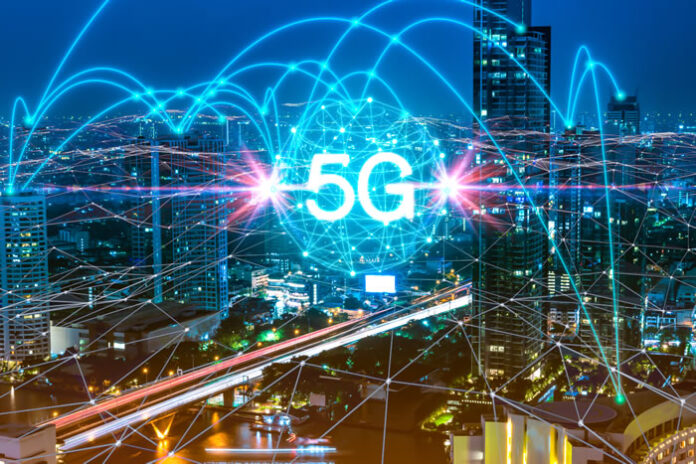Imagine your typical work week. It may be already busy, but in addition to your daily tasks, your essential tools would keep on disappearing. Not because you misplaced them, but because someone else needed them while you didn’t. You would be frustrated to know you had to look for your laptop just before your important pitch, or you couldn’t find any phones while you were supposed to make an important call. This is how 5G can ramp up businesses.
What if you, at work, had to look for various tools around 40 hours a month? It all may sound absurd, but this is the reality in hospitals. Nurses keep on looking for needed equipment up to 2 hours per week! Those two hours – or even ten minutes of not having to look for tools or people – could be the difference between life and death.
Luckily, things are not this bleak: there are tools for tracking things, locating people, and monitoring conditions. We don’t have to know how they work, but we all can understand they have to be connected to the internet for them to make sense to us. Tracking the whereabouts of just about everything may sound over-complicated and expensive. The answer to these needs could be non-cellular 5G.
What is 5G?
5G is on everyone’s lips. It’s the so-called 5th generation of mobile networks or “cellular networks”. Just as we once used to call mobile phones cellular phones. But what does cellular 5G really mean? It promises significantly higher data transfer speed and the ability to connect more devices simultaneously than previous generations of mobile networks. Currently, 5G frequencies are not as crowded as the earlier G-frequencies. Thus why 5G can ramp up businesses and save lives.
The cellular 5G is an outstanding achievement, no doubt. However, it does not cost-efficiently cover the whole 5G promise. For example, when you need to connect massive amounts of devices.it It is also made by bringing the networks outdoors and then used indoors. This means that the networks are built using a very long range. This occupies the spectrum, making 5G inefficient in many places.
5G can ramp up businesses
And why do we say cellular 5G instead of just 5G? Well, because we were involved in creating a new 5G standard. No, not the one that already exists but something that adds to it. In October 2021, the new DECT-2020 New Radio (NR) standard – owned by the European Telecommunications Standards Institute (ETSI) – will be included in the 5G standard. It’s the first non-cellular 5G technology in the world. The non-cellular 5G challenges the outdoors to indoors methodology, cost issues they create, and the need for network planning. The principle of the standard is to provide low upfront investment and deployments costs. Furthermore, with its dedicated global frequency band at around 1.9 GHz, the new standard offers coverage nearly anywhere in the world.
This standard fills a clear gap in the current IoT connectivity environment as the technology can address industrial applications requiring, either or both, massive scale (mMTC) and ultra-reliable low latency (URLLC). Previously there have not been affordable solutions for mMTC, and no solution has covered both mMTC and URLLC.
Tampere University analyzed the DECT-2020 NR technology in a mesh configuration. The study shows that the standard outperforms existing LPWAN solutions by reaching higher node densities and lower latencies. The high node densities are enabled by a novel mesh that uses dynamic channel selection without requiring precise frequency planning. In addition, the VTT Technical Research Centre of Finland conducted simulations that proved the performance and scalability of the standard, and it exceeds the 5G requirements defined by the International Telecommunication Union (ITU).
The benefits
The main benefit of non-cellular 5G is close to zero infrastructure, no masts or additional access points that ramp up the costs, no network planning, and no high deployment costs. When increasing the network, even an electrician may not be needed. A new device can be added by almost anyone, a cleaner, for example.
When the cost of tracking something is substantially lower than what we are used to, the coverage of tracked matters could be massive. By tracking even, the smallest of meaningful aspects of your business, you can change the way you work from reactive to proactive: If a machine in a factory breaks down, it may take weeks to get it up and running again.
If you could predict these malfunctions and fix them before they fold and get them fixed in hours or days, creating less downtime, wouldn’t it save time and money? The same goes with hospital environments. When people use their time looking for things, the time used for searching is away from something else, much more important.
We at Wirepas are excited to be part of this standardization journey. We hope we were able to pass on even a little of that excitement to you, and we are hoping you will experience some of the benefits even though they are not visible. We hope this information was helpful to you on how 5G can ramp up businesses and save lives.















